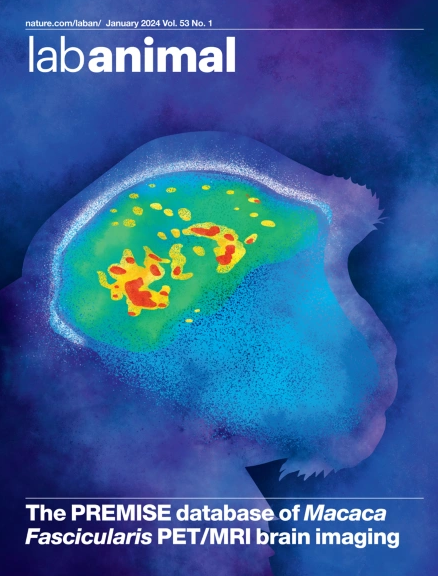Differential effects of anesthetics and sex on supraventricular electrophysiology and atrial fibrillation substrate in rats
IF 3.9
3区 农林科学
Q1 VETERINARY SCIENCES
引用次数: 0
Abstract
Rodents are increasingly used in atrial electrophysiology research, yet such studies are often performed under anesthesia owing to technical challenges. Here we developed an implantable device for comprehensive atrial studies in ambulatory rats and investigated the effects of commonly used anesthetics on supraventricular electrophysiology and arrhythmic substrate, comparing them with the unanesthetized state (UAS). Adult rats were evaluated 4 weeks after implantation. Studies were conducted in the UAS under 2% isoflurane (ISO) and under 40 mg/kg pentobarbital (PEN). Pacing protocols determined various parameters, including sinoatrial node recovery time, atrioventricular node effective refractory period and atrial effective refractory period. Arrhythmic substrate was assessed after 20 triggering bursts per condition, and arrhythmic tendency was analyzed manually and through the complexity ratio, an unbiased measure recently developed by our group. PEN mildly increased heart rate in both sexes, while ISO did not affect heart rate but prolonged the corrected sinus node recovery time in males. PEN increased atrioventricular node effective refractory period in both sexes, while ISO affected males only. Both ISO and PEN prolonged atrial effective refractory period compared with UAS in both sexes. Arrhythmic measures were higher in males and were attenuated by ISO and, to a lesser extent, by PEN in males only. The dominant frequency of arrhythmic events was reduced by both anesthetics in both sexes. These findings demonstrate a significant impact of commonly used anesthetics on rat supraventricular electrophysiology, with sex-based differences, highlighting the importance of methodologies that enable cardiac electrophysiology studies in unanesthetized rodents. The authors used an implantable electrophysiological device to assess the effects of two commonly used anesthetics (isoflurane and pentobarbital) on supraventricular electrophysiology and arrhythmic substrate in male and female rats.


麻醉药和性别对大鼠室上电生理和房颤底物的差异影响
啮齿类动物越来越多地用于心房电生理学研究,但由于技术上的挑战,这些研究通常是在麻醉下进行的。在此,我们研制了一种用于动态大鼠心房综合研究的植入式装置,研究了常用麻醉药对室上电生理和心律失常底物的影响,并将其与未麻醉状态(UAS)进行了比较。植入后4周对成年大鼠进行评估。在UAS中,在2%异氟醚(ISO)和40 mg/kg戊巴比妥(PEN)下进行了研究。起搏方案确定各项参数,包括窦房结恢复时间、房室结有效不应期和心房有效不应期。在每种情况下触发20次脉冲后评估心律失常基质,并通过复杂性比(我们小组最近开发的一种无偏测量方法)手动分析心律失常倾向。PEN轻度增加了两性的心率,而ISO不影响心率,但延长了男性的窦房结恢复时间。PEN增加了两性房室结有效不应期,而ISO仅影响男性。与UAS相比,ISO和PEN延长了两性心房有效不应期。男性的心律失常测量较高,ISO和PEN在较小程度上仅在男性中减弱。在两性中,两种麻醉药均降低了心律失常事件的主要频率。这些发现证明了常用麻醉药对大鼠室上电生理的显著影响,并存在性别差异,强调了在未麻醉的啮齿动物中进行心脏电生理研究的方法的重要性。
本文章由计算机程序翻译,如有差异,请以英文原文为准。
求助全文
约1分钟内获得全文
求助全文
来源期刊

Lab Animal
农林科学-兽医学
CiteScore
0.60
自引率
2.90%
发文量
181
审稿时长
>36 weeks
期刊介绍:
LabAnimal is a Nature Research journal dedicated to in vivo science and technology that improves our basic understanding and use of model organisms of human health and disease. In addition to basic research, methods and technologies, LabAnimal also covers important news, business and regulatory matters that impact the development and application of model organisms for preclinical research.
LabAnimal's focus is on innovative in vivo methods, research and technology covering a wide range of model organisms. Our broad scope ensures that the work we publish reaches the widest possible audience. LabAnimal provides a rigorous and fair peer review of manuscripts, high standards for copyediting and production, and efficient publication.
 求助内容:
求助内容: 应助结果提醒方式:
应助结果提醒方式:


